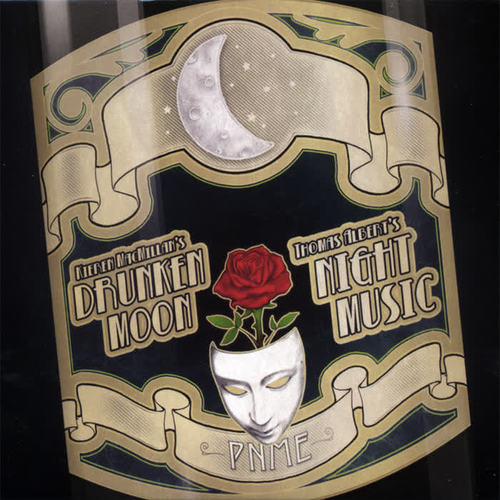
Drunken Moon
Kieren MacMillan's "Drunken Moon" is the story of two characters: a woman seeking love, and the man she meets (or perhaps invents) in her quest for fulfillment.
Subtitled a monodrama for two voices, this dramatic song cycle explores love's powerful and often contradictory emotions: desire and cruelty, pleasure and pain, ecstasy and melancholy. In the pursuit of her fantasy, the woman inevitably experiences uncertainties, disappointments, and eventually sadness.
"Drunken Moon" was conceived as a companion piece to Arnold Schoenberg's "Pierrot Lunaire," which can be performed immediately after it, without pause. Naturally, then, it borrows instrumentation, formal design, and even certain musical elements from Schoenberg's work. And its emotional arc is designed to conclude precisely where Pierrot's journey begins, the two together perhaps offering something greater than the sum of their parts. But "Drunken Moon" is also intended to stand alone as a complete artistic expression - a testament to the intoxicating power of love in all its forms.
Thomas Albert's "Night Music" is composed in seven movements. The first, fourth and seventh are nocturnes, describing a stillness in which every motion and sound are magnified by their isolation.
The second and sixth movements illustrate the extremes of the Arctic night. "Stolen Night" borrows a little night musical material to limn a world at the summer solstice, when the sun won't set. The unending darkness of the winter solstice frames the waves and streamers of the northern lights in "Aurora."
Denizens of the night inspire the third and sixth movements. "Nightingale" is a playful homage, with recorded and transcribed birdsong laid over a slowly emerging presentation of Joseph Lamb's 1915 "Ragtime Nightingale." A nightmare erupts in "Incubus," with an aggressive thirteen-note ostinato that begins in the lowest octave of the piano and moves through the full range and instrumentation of the ensemble.
